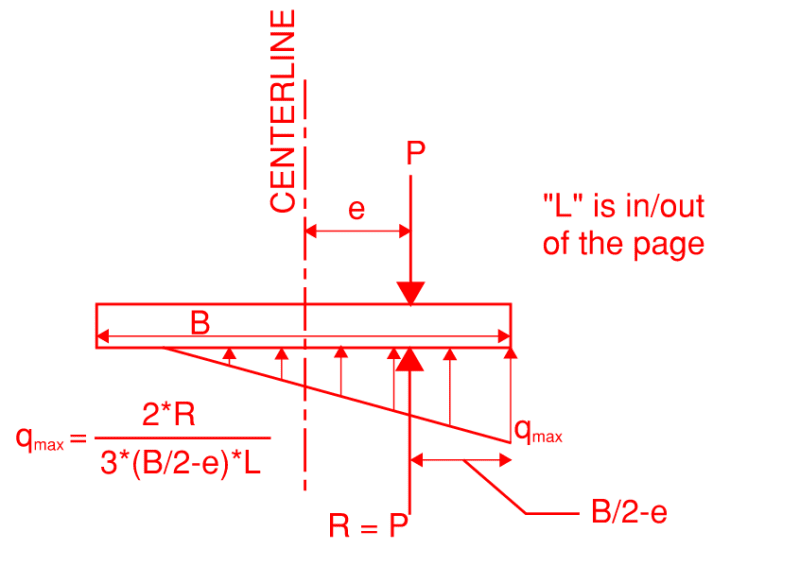A heater structure installed in 1967 at a refinery needs to be updated, which will increase the dead load slightly and increase the height somewhat. It's around 150 feet tall including the 70 foot stack, so wind loading is significant. They'd like to verify that the foundation is adequate. I have the records indicating what wind loads were imposed then according to UBC, but I don't have footing design notes. My initial analysis indicates that the eccentricity M/P puts the resultant force well outside of the middle third of the foundation, (and our foundation design software says the same thing). Is there a load factor that should be applied to wind loads before computing eccentricity?
The dead load is 422 kips, live load is 36 kips, total shear from wind 60 kips, moment at foundation base from wind is 3600 ft-k. Foundation is 20' x 36' x 4.5' with no soil on it. The footing dimension responsible for resisting the moment is the 20'. The soil net bearing capacity is 2100 psf.
I'd like to be able to prove that the foundation WAS adequate according to wind loading (verified UBC 1967) and foundation design standards of that time - before I try to update to today's loadings and design standards, but everything I try ends up failing due to wind loads. What am I missing?
Thanks!
The dead load is 422 kips, live load is 36 kips, total shear from wind 60 kips, moment at foundation base from wind is 3600 ft-k. Foundation is 20' x 36' x 4.5' with no soil on it. The footing dimension responsible for resisting the moment is the 20'. The soil net bearing capacity is 2100 psf.
I'd like to be able to prove that the foundation WAS adequate according to wind loading (verified UBC 1967) and foundation design standards of that time - before I try to update to today's loadings and design standards, but everything I try ends up failing due to wind loads. What am I missing?
Thanks!

